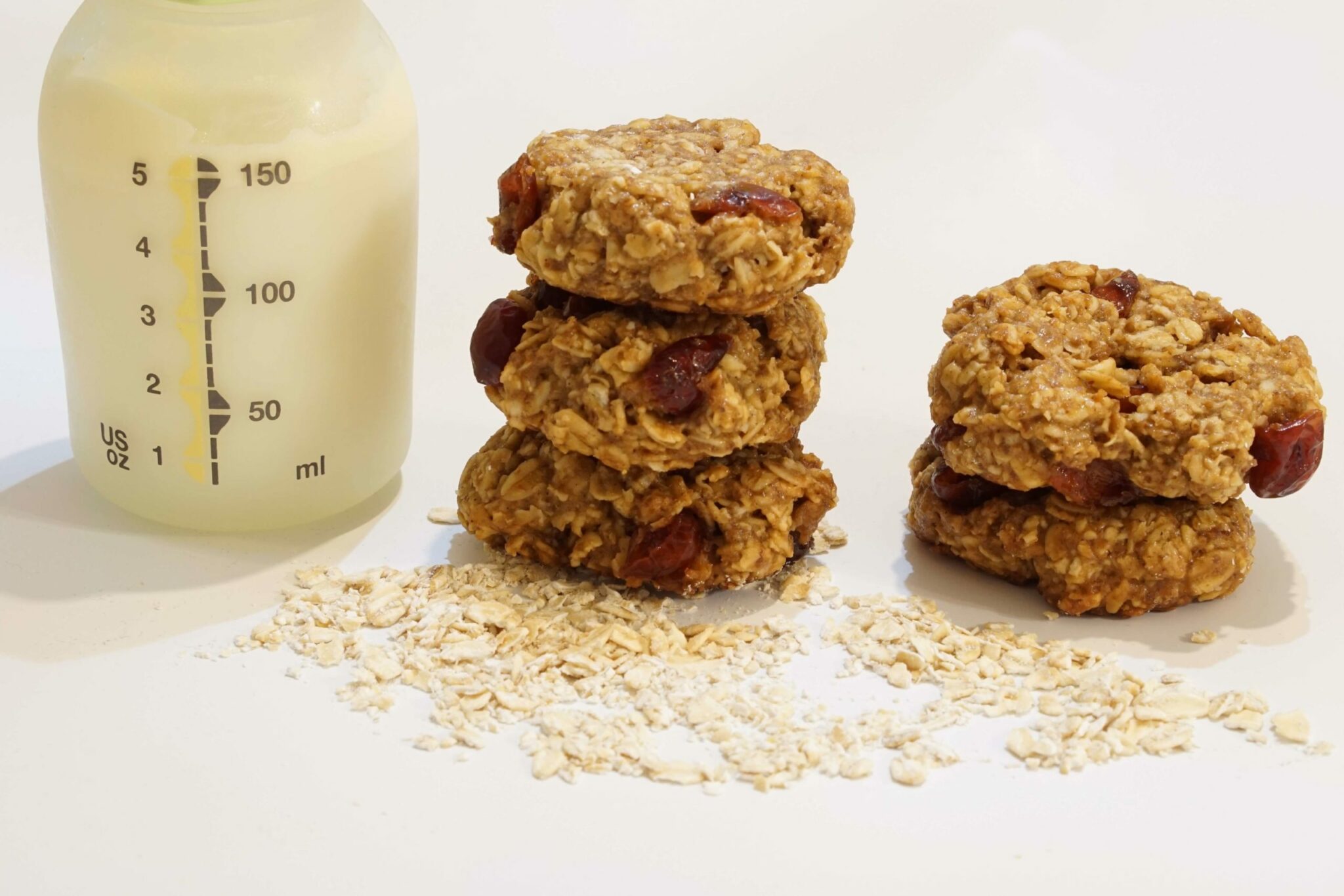Baby Development: Your 7 Month, 3 Week Old
At 31 weeks, your baby is making the transition from living exclusively on breast milk or formula to a more varied diet that includes solid foods. For most families, solid food begins with a simple iron-fortified, grain cereal mixed with breast milk or formula, but there are different ways you can make the switch, ranging from the traditional spoon-fed approach to baby-led weaning.
Baby-led weaning vs. spoon-feeding
Baby-led weaning is an increasingly popular method for starting solid foods. This is when your baby is given foods you are likely to serve at your family table, cut into graspable pieces. This method allows your baby the chance to feed him or herself, while sparing the cook the effort of making separate meals. Examples of these first foods may include:
Avocado
Banana
Breads
Cheese (soft cheeses)
Eggs that are well-cooked
Fish
Meat
Pasta
Soft-cooked vegetables, such as butternut squash, peas, and sweet potatoes
Ripe, soft fruits
Researchers have found several potential benefits of baby-led weaning, including convenience, better self-regulation for babies, and a long-term reduction in the risk of being overweight later.
If you try baby-led weaning, and your child doesn’t appear to be eating enough (or gaining enough weight), then spoon-feeding is the way to go. The same foods listed above can be mashed and pureed for a delicious, nutrient-rich meal for baby.
Remember that your little one’s appetite tends to vary from day to day, just like your own. If he or she is not eating as much on one day, it doesn’t mean your baby is rejecting solid or thicker foods — only that they might not be as hungry.
Food textures and baby
At 31 weeks, your baby may respond best to (and eat most safely) foods that are the following texture types:
Mashed
Pureed
Smooth
Strained
Signs your baby may be ready to move on from purees include a desire to finger-feed, an ability to sit on his or her own, and the ability to sip from a cup unassisted. Introducing lumpier foods at this age is a good way to get your baby to accept more solid textures. Some babies are willing to eat lumpy purees, while others skip this feeding phase and move to chopped food. If your baby is ready, he or she can progress to eating foods with thicker consistencies, such as:
Cut up
Diced
Grated
Lumpy
Minced
Some babies are ready for these thicker foods around the seven-month mark while others may need more time.
What your baby is learning
At this stage, your baby is learning lots of fun, new things. One of them is cause-and-effect. For example, your baby is now connecting that if she throws a ball across the room, you will likely retrieve it for her. If she cries in her crib, this could summon you to come and check on her.
Another aspect of your baby’s development is that he or she may be answering simple questions you pose. For example, when you do start feeding your baby solid foods, asking her if she wants more may prompt a response that indicates yes or no. This will often be through sounds, facial expressions, and gestures. As always, continuing to talk to your baby can expand her later vocabulary and can bring out the communication skills she is in the process of developing.
Get expert tips on transitioning to solids with Bundoo Pediatric Dietician and Nutritionist, Jill Castle.
Powered by Bundoo®










































